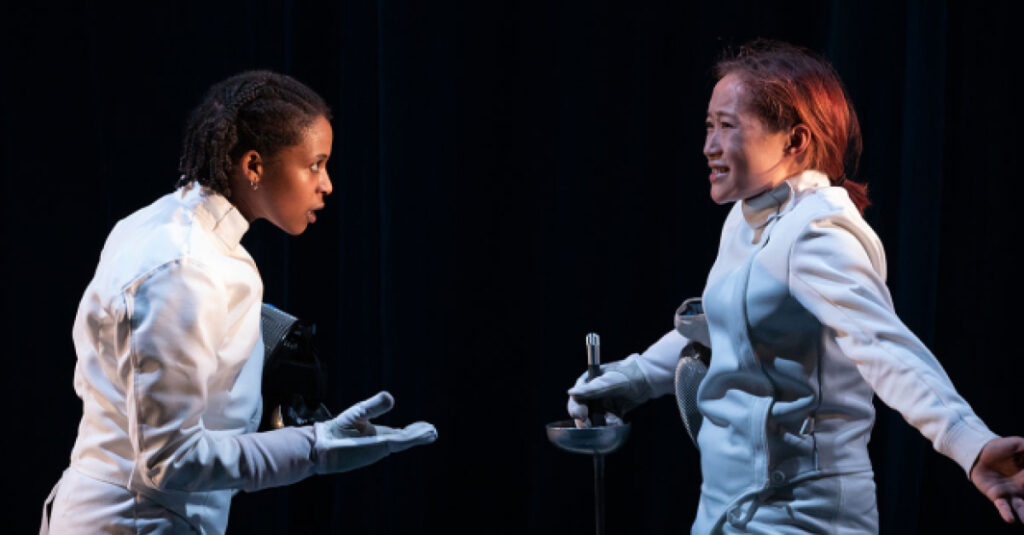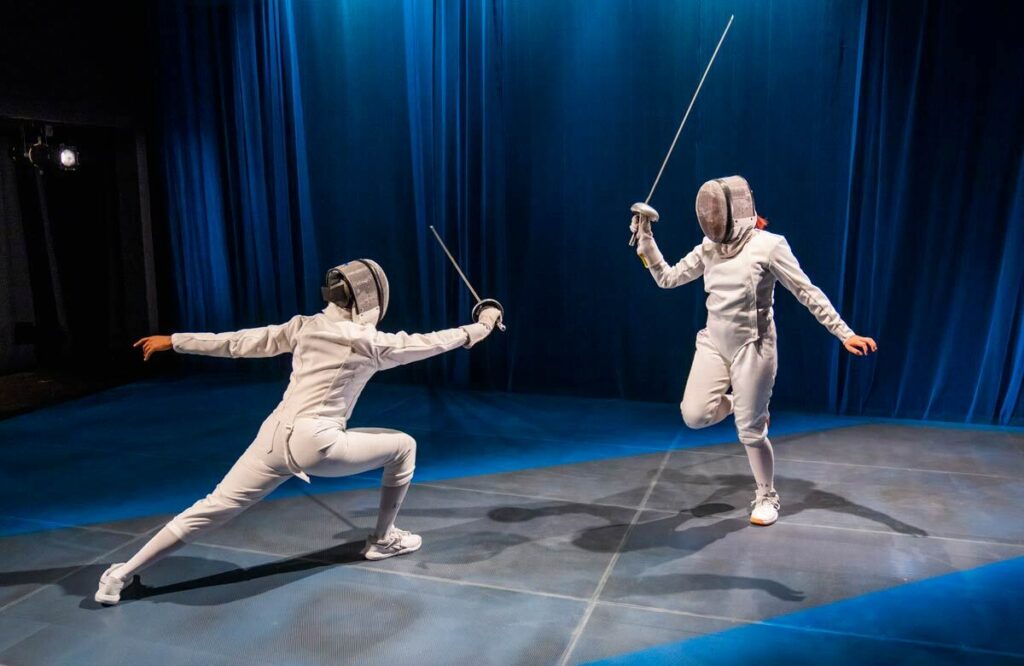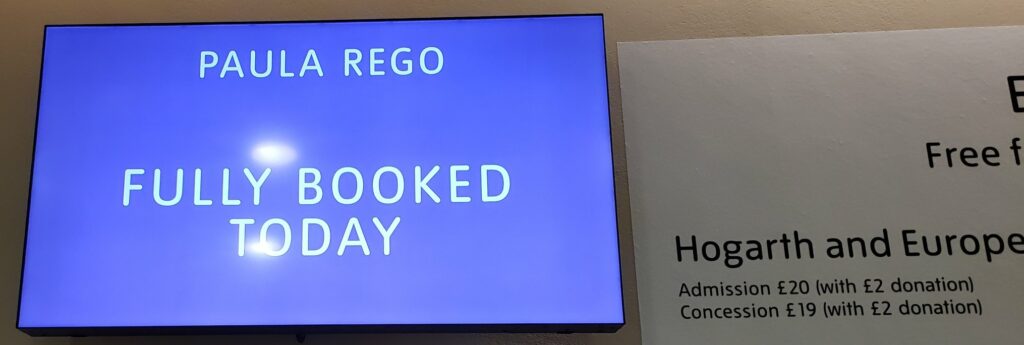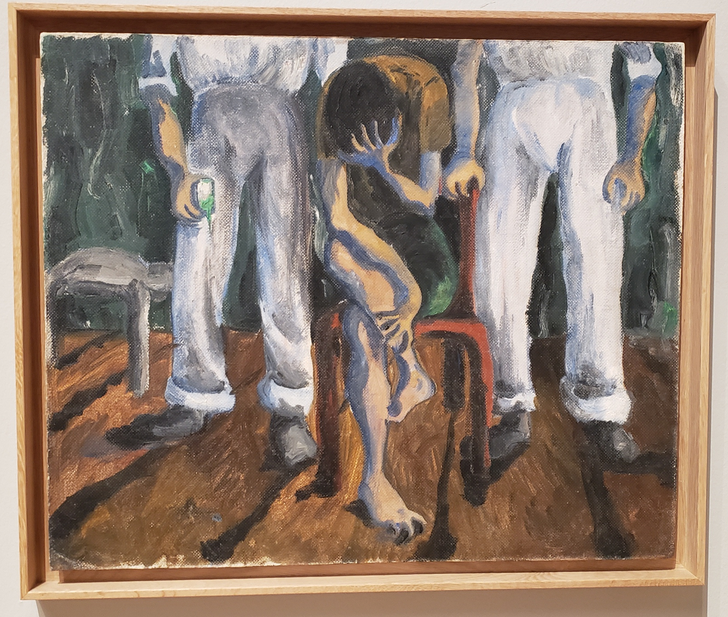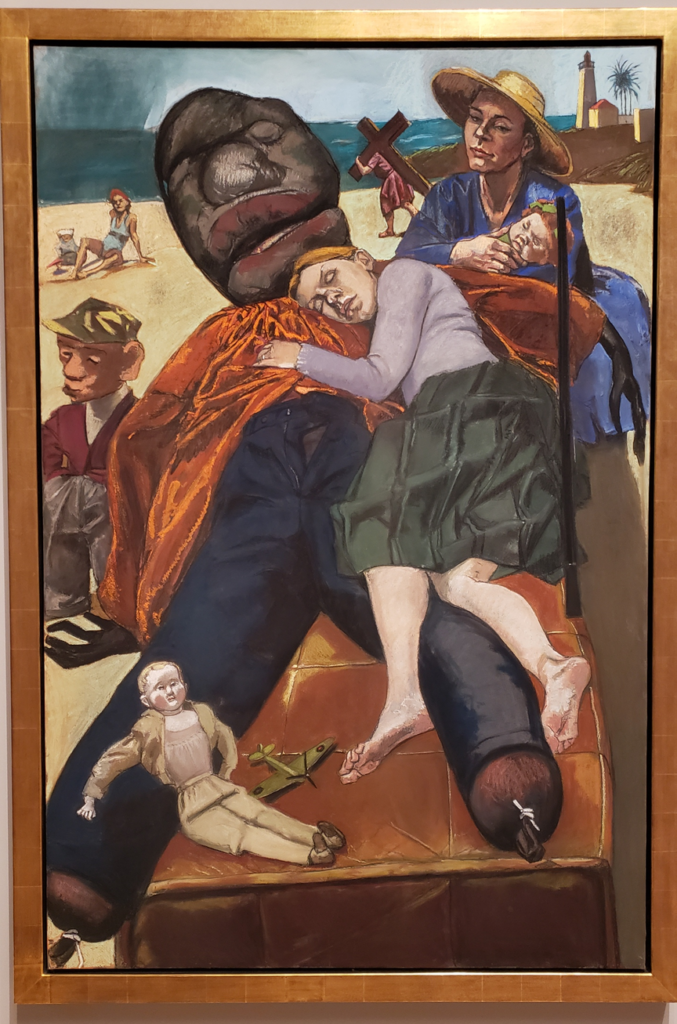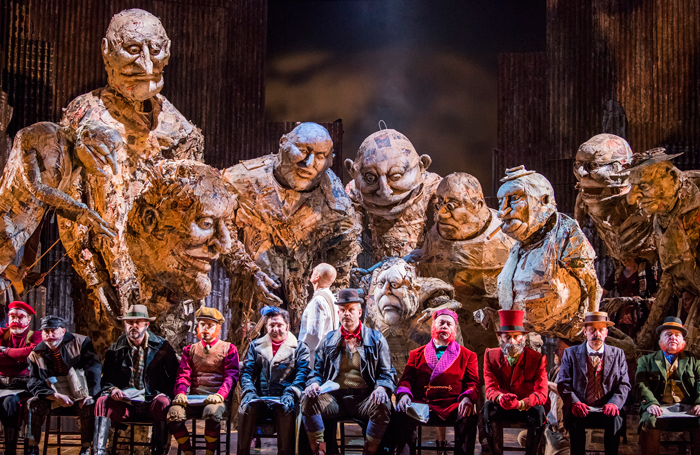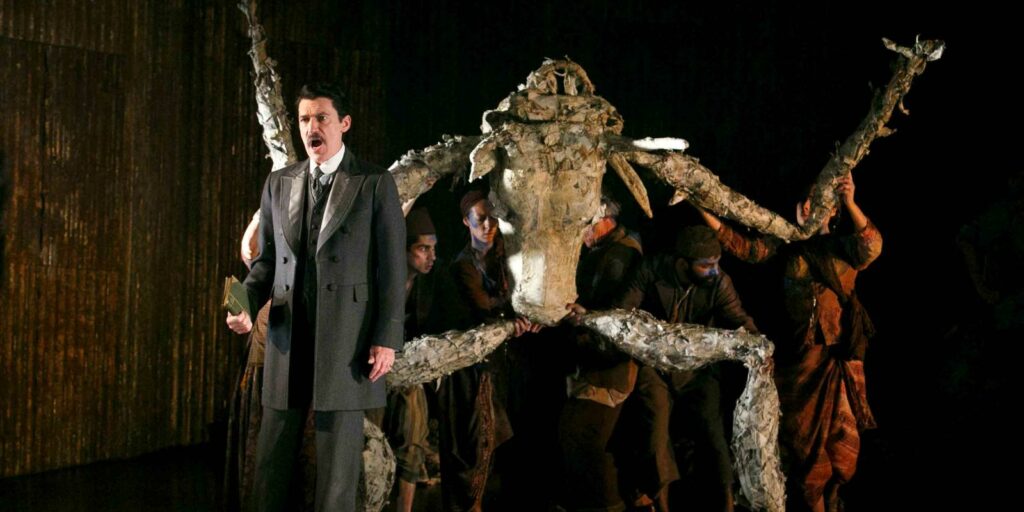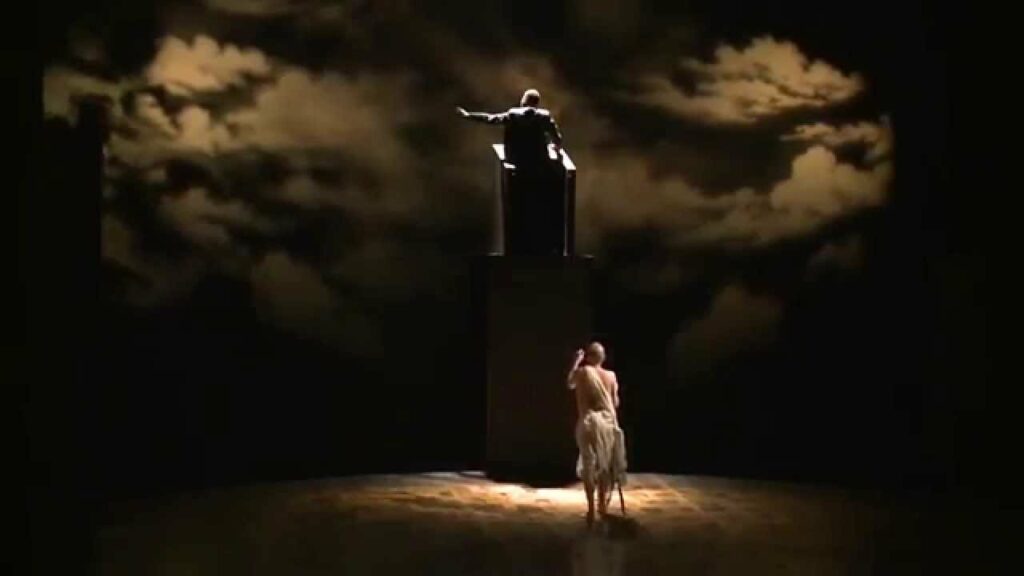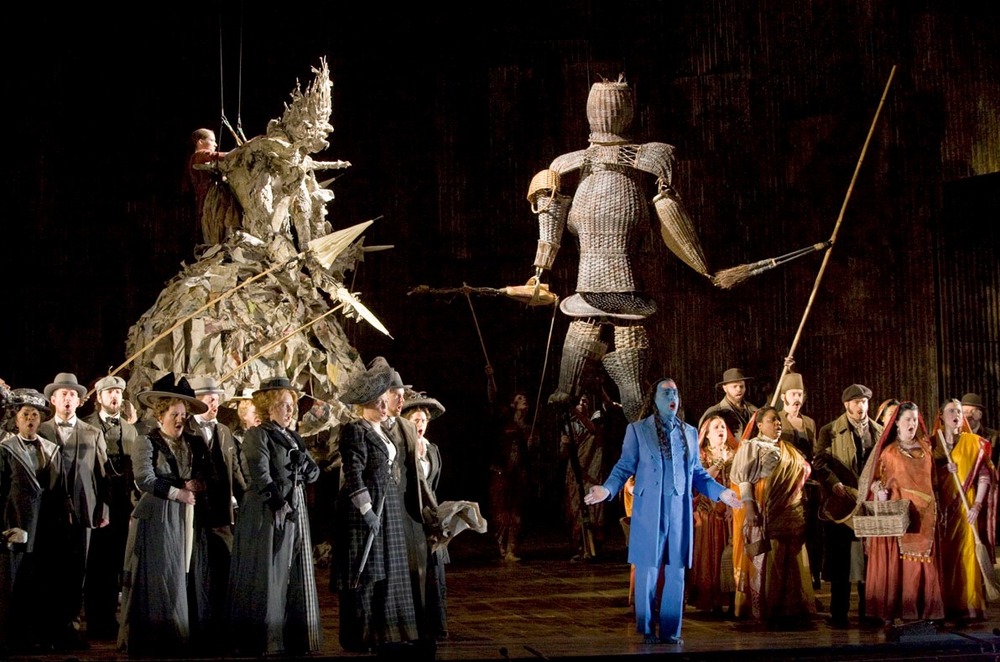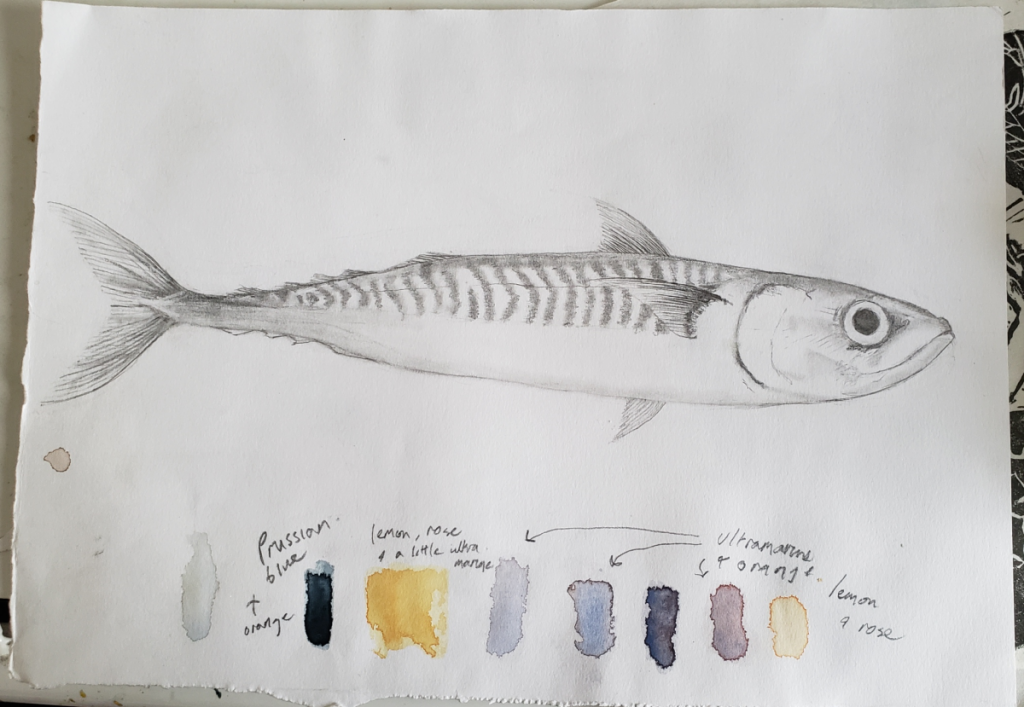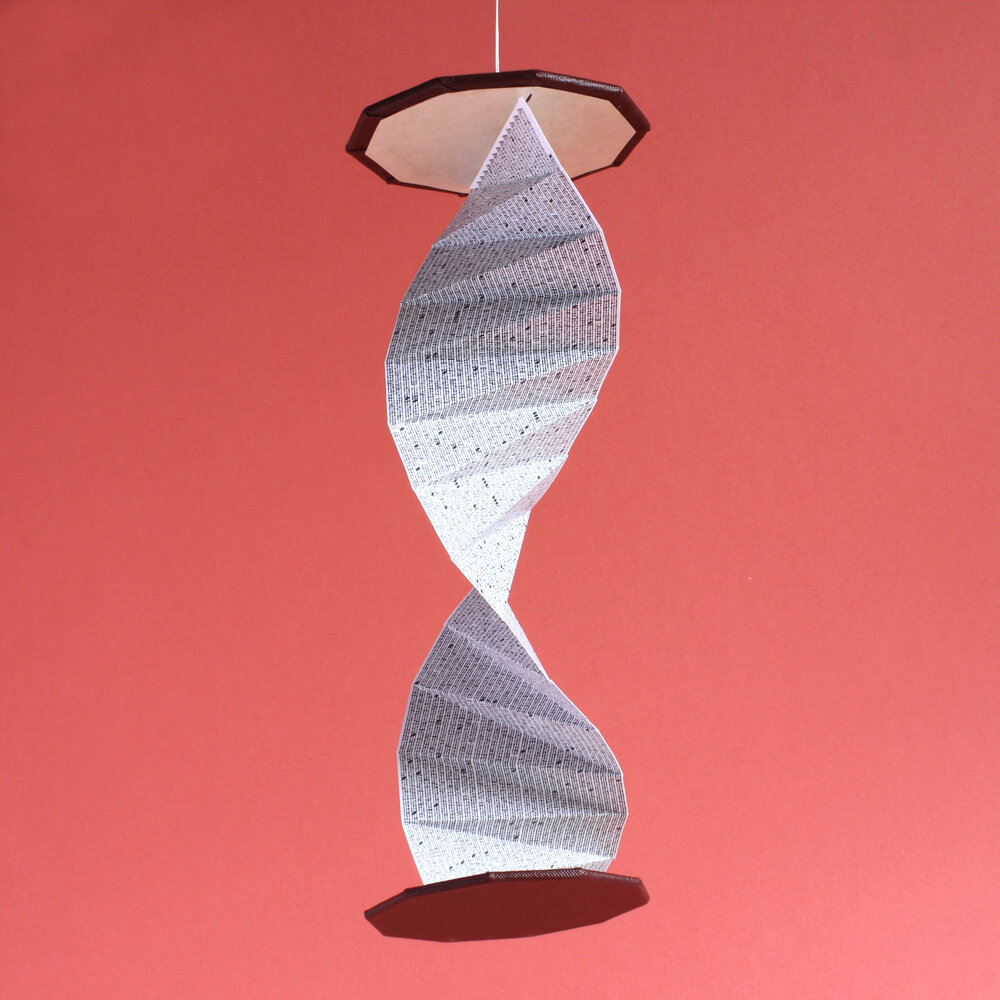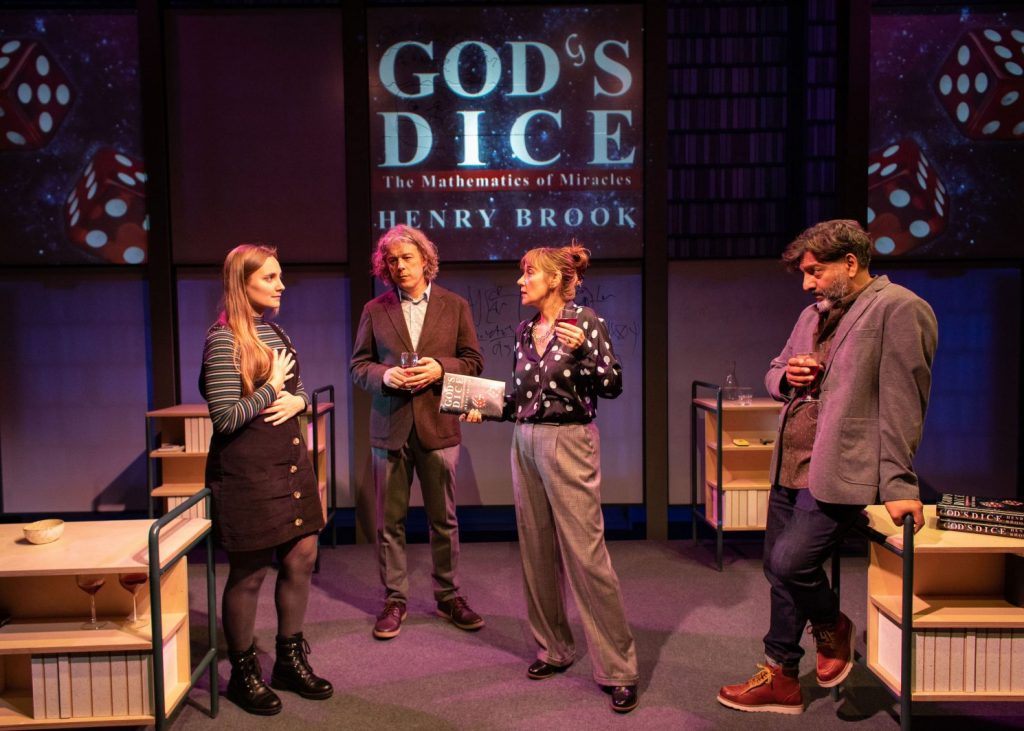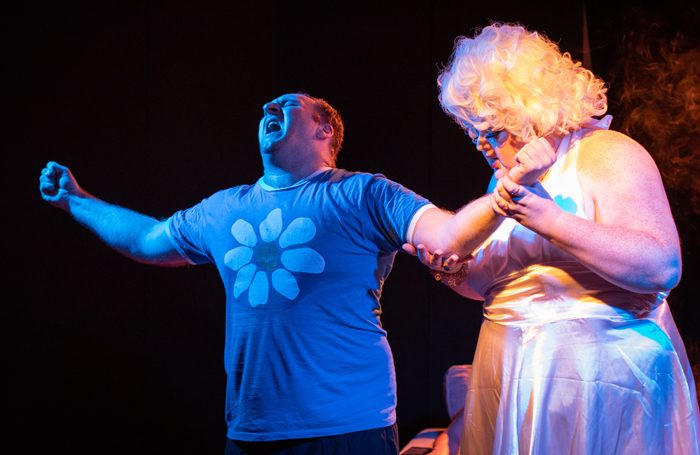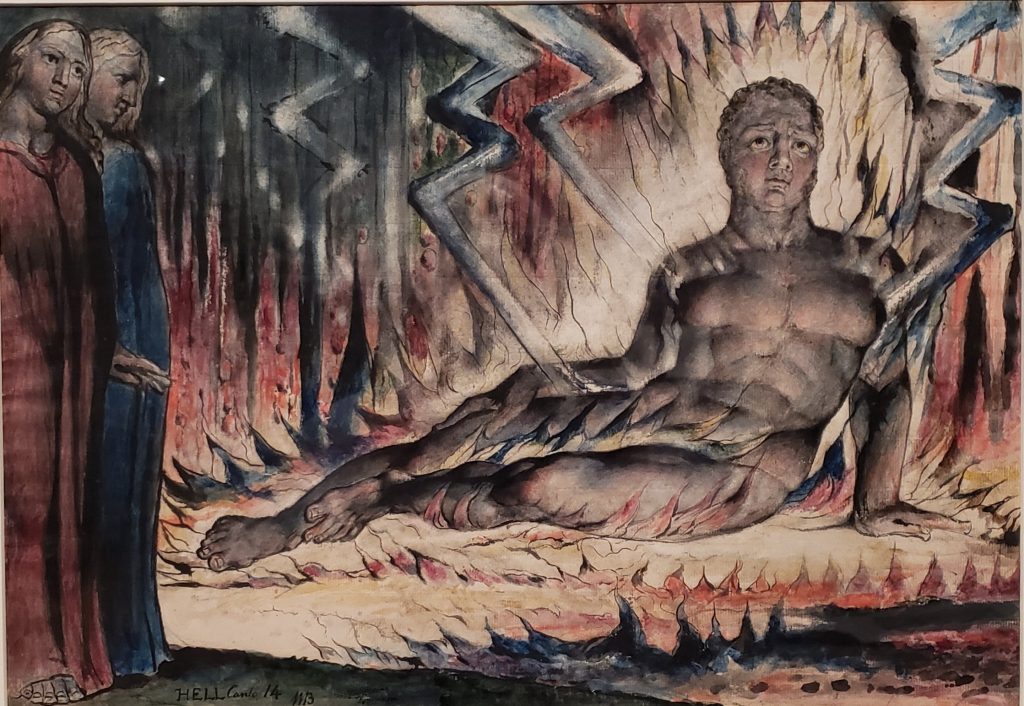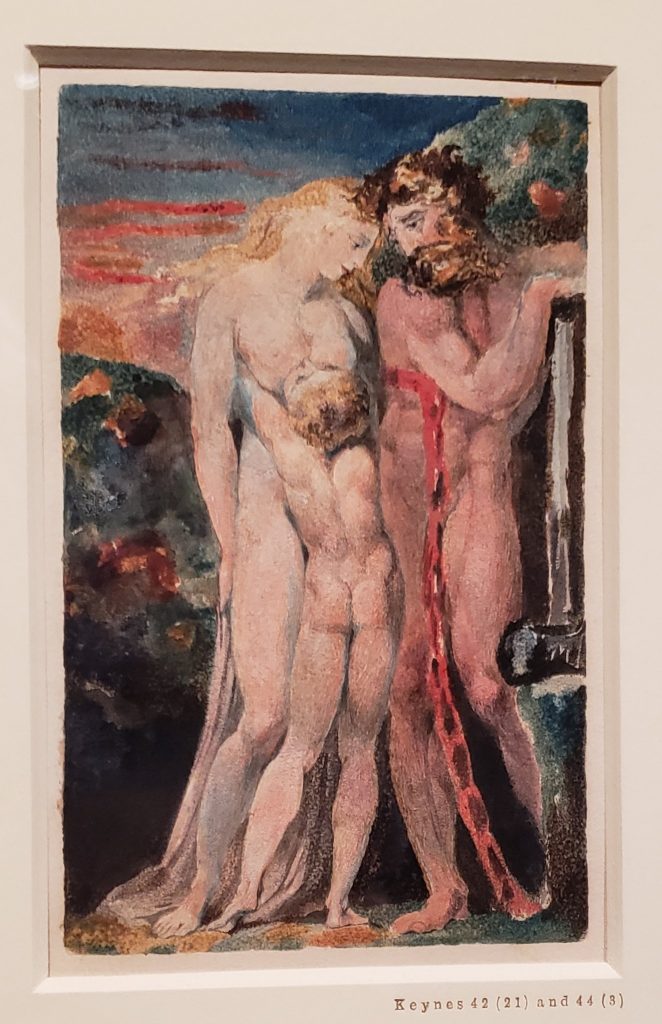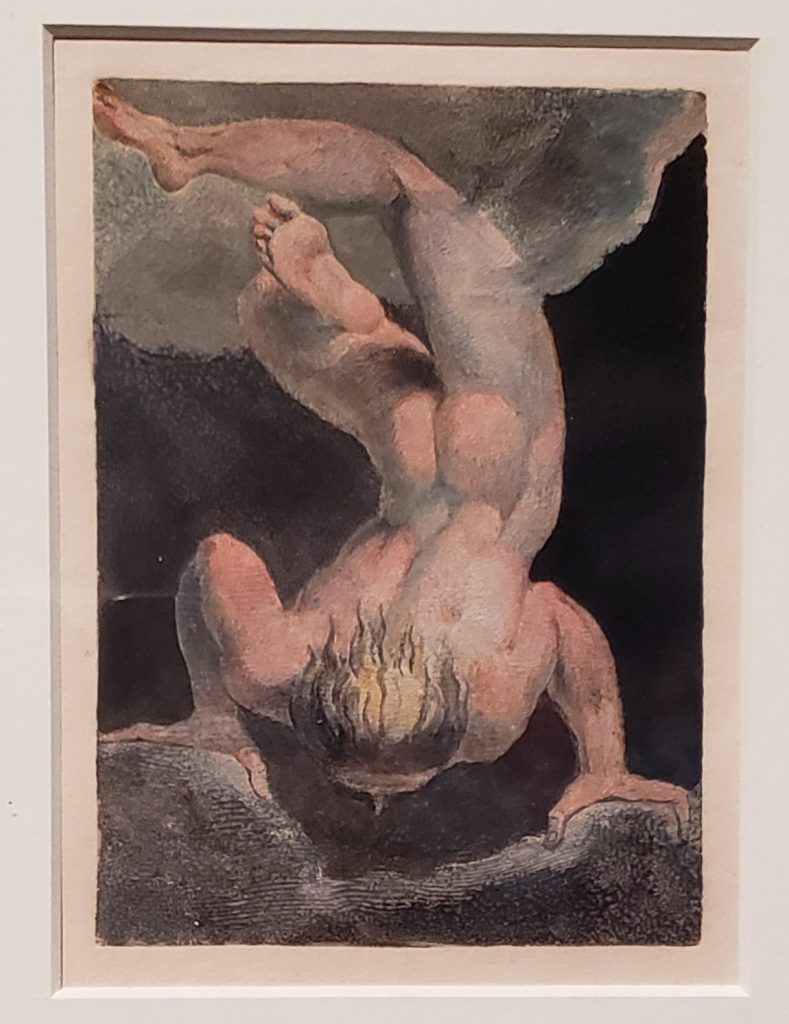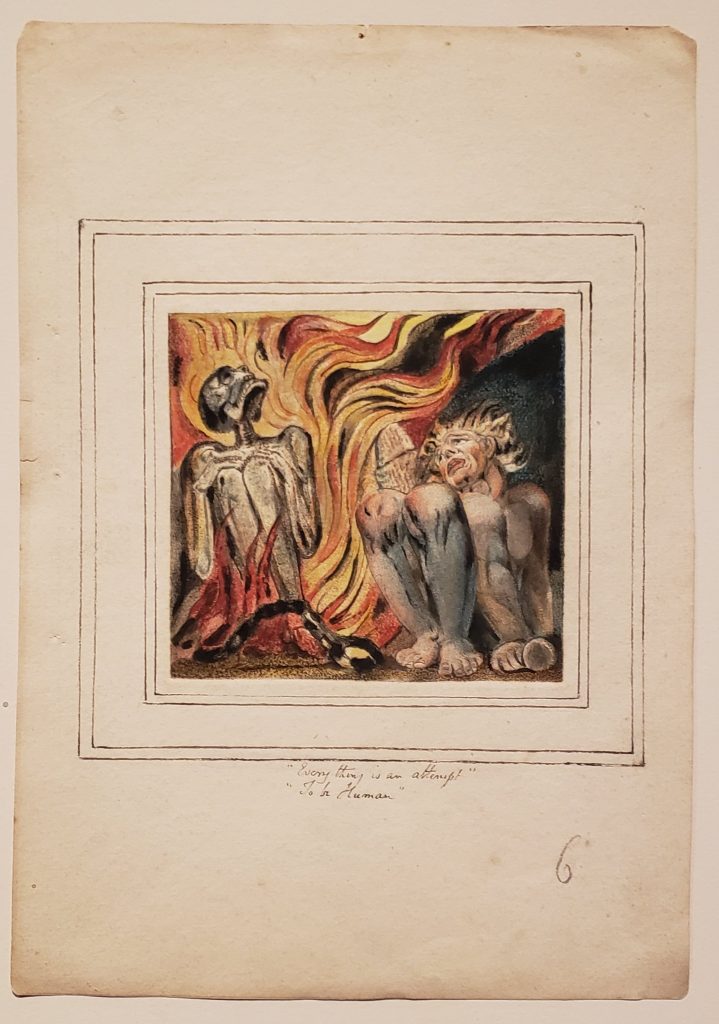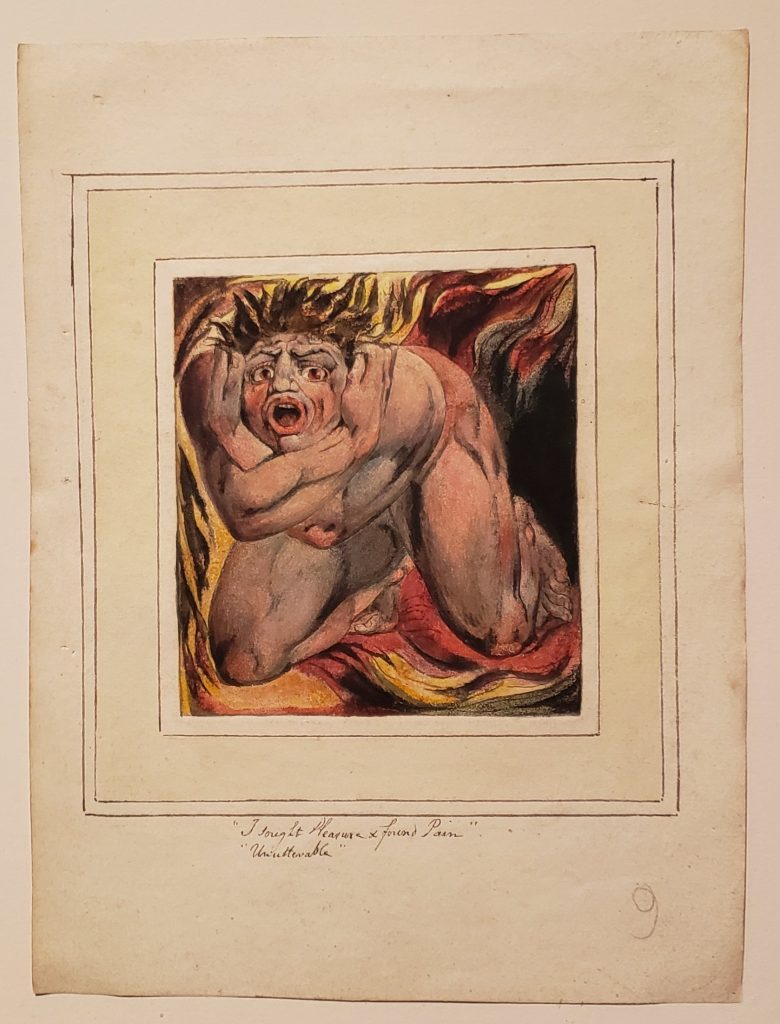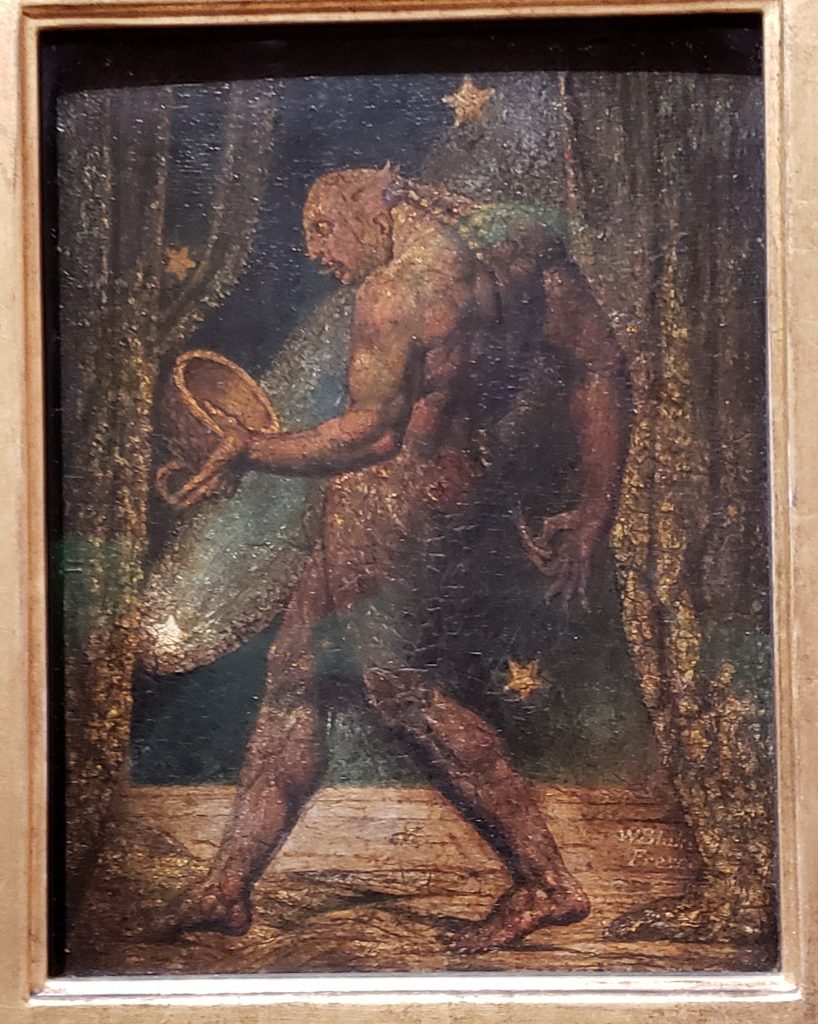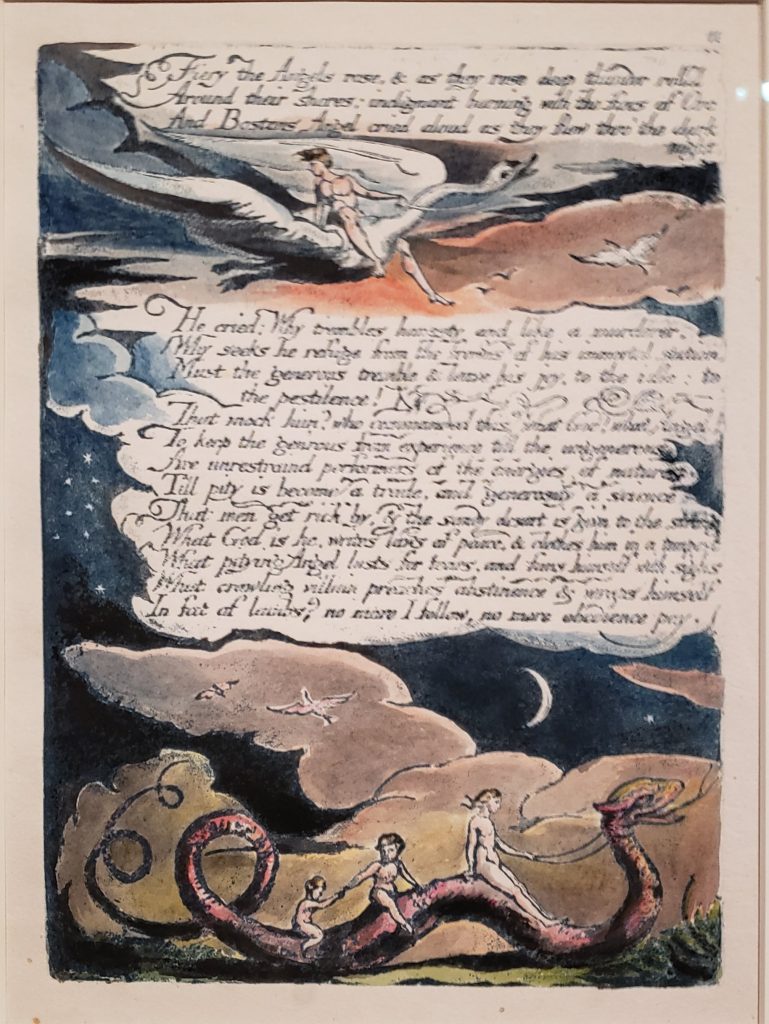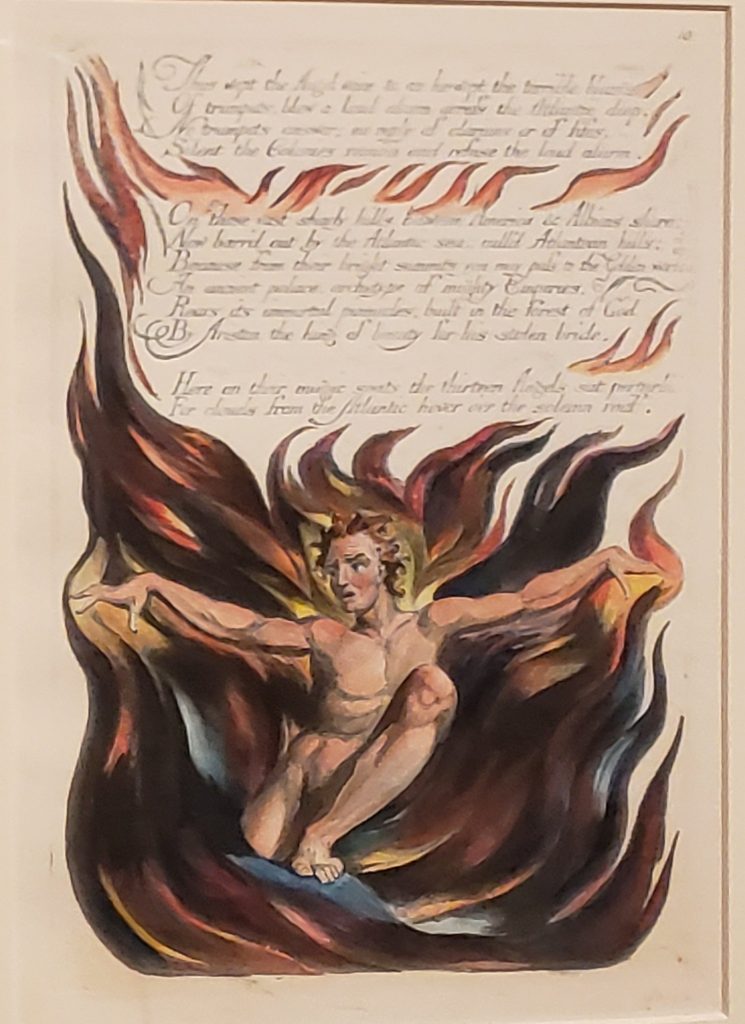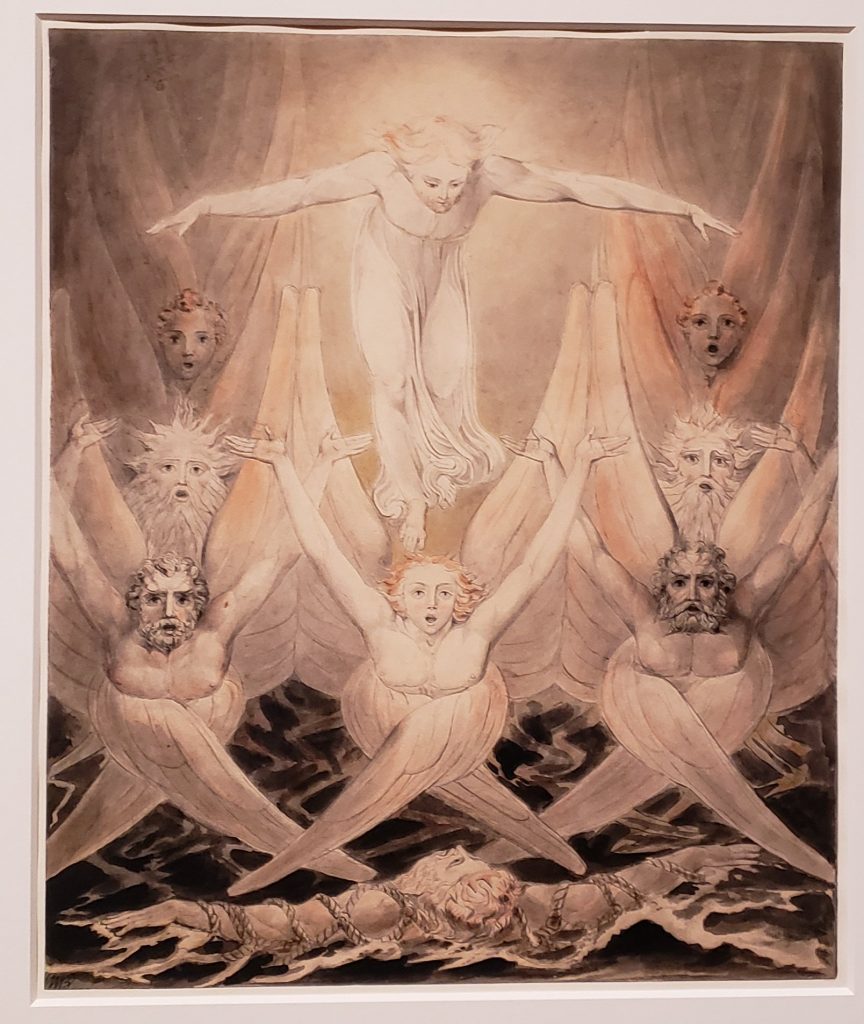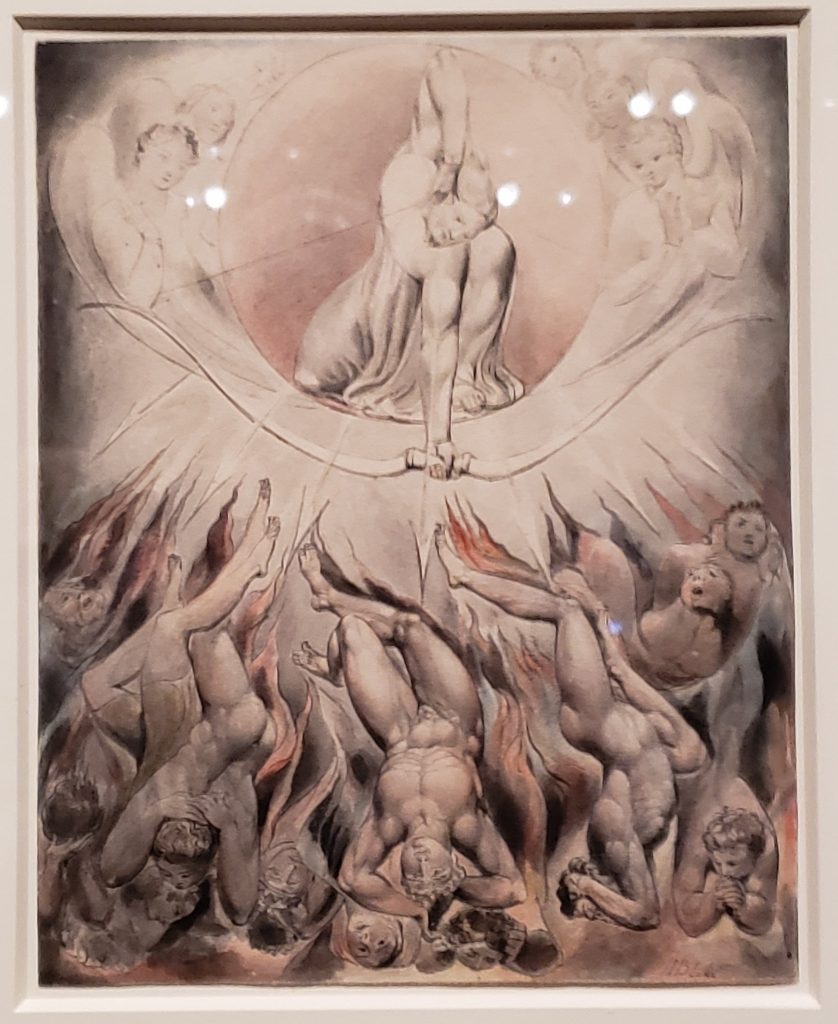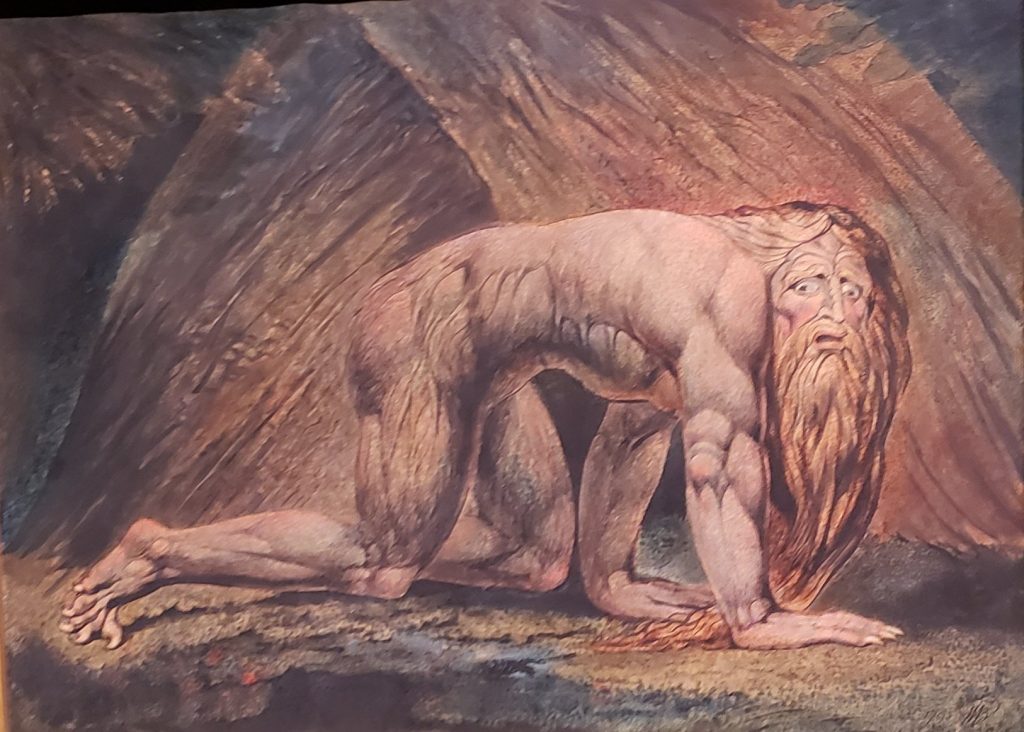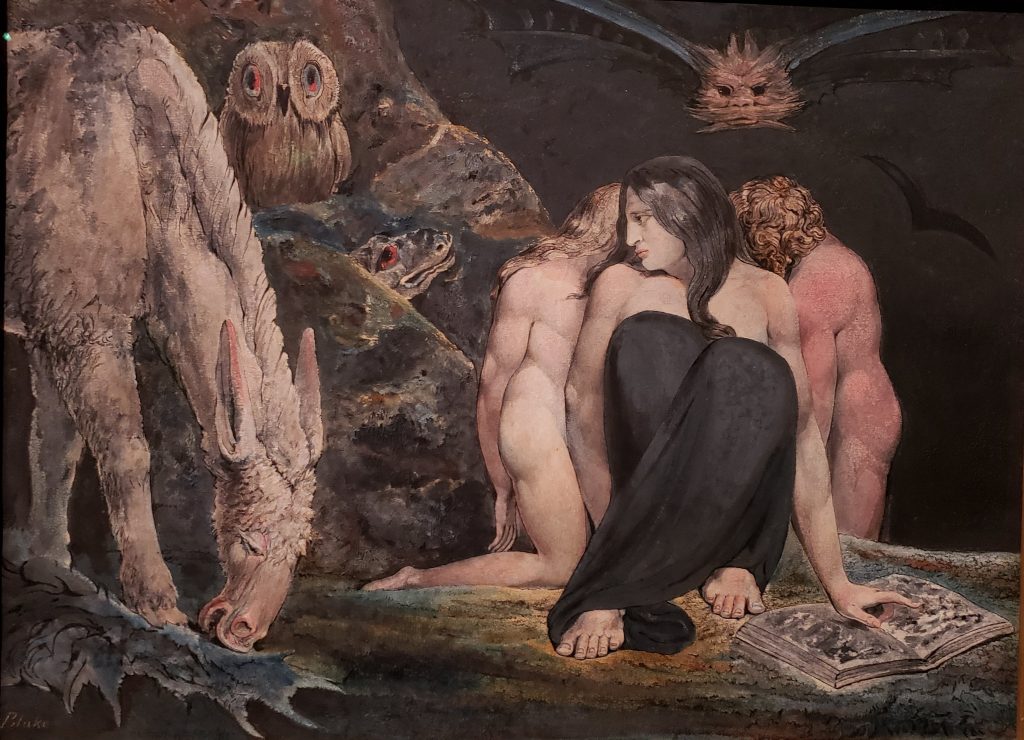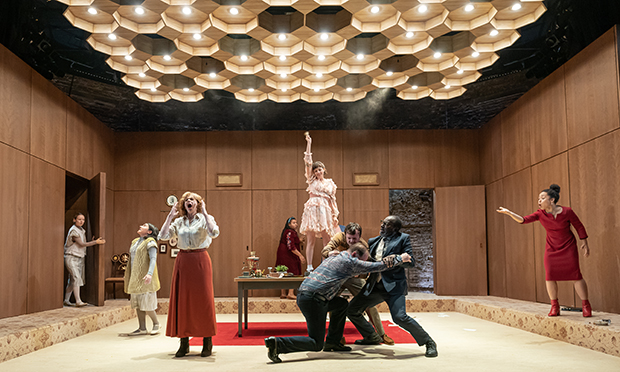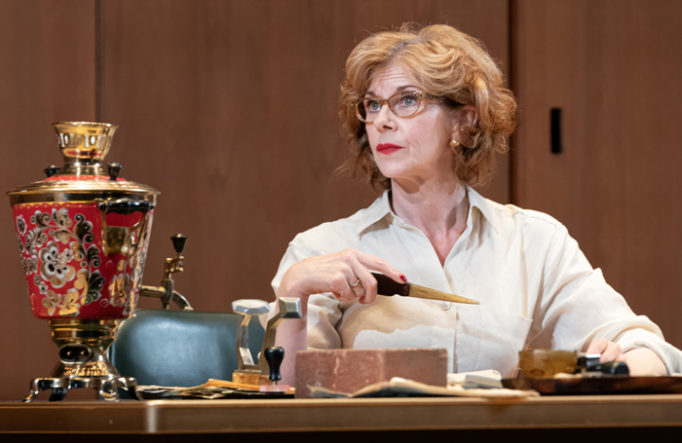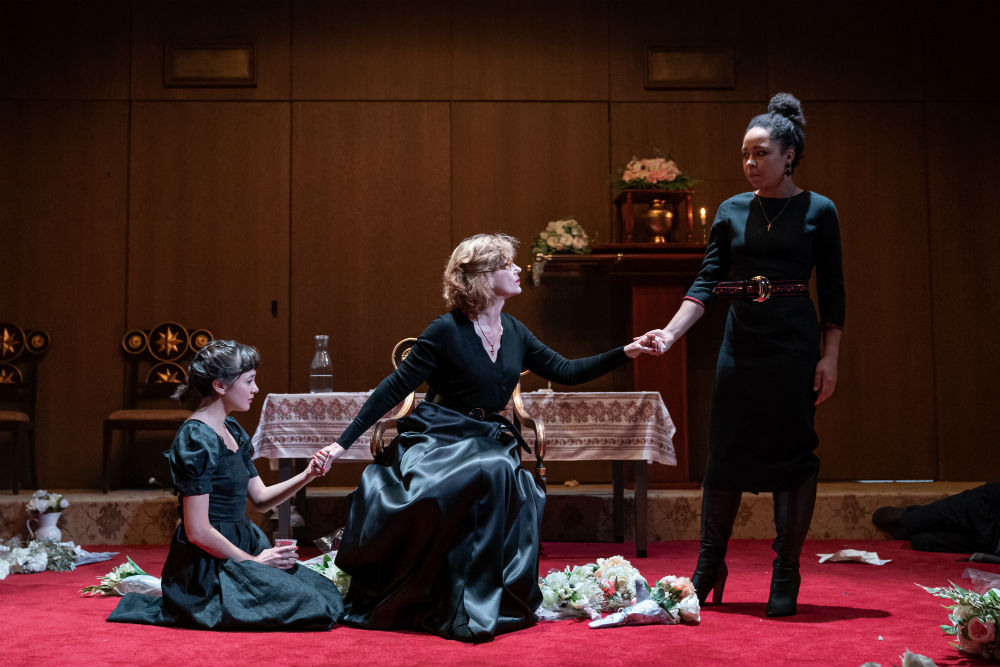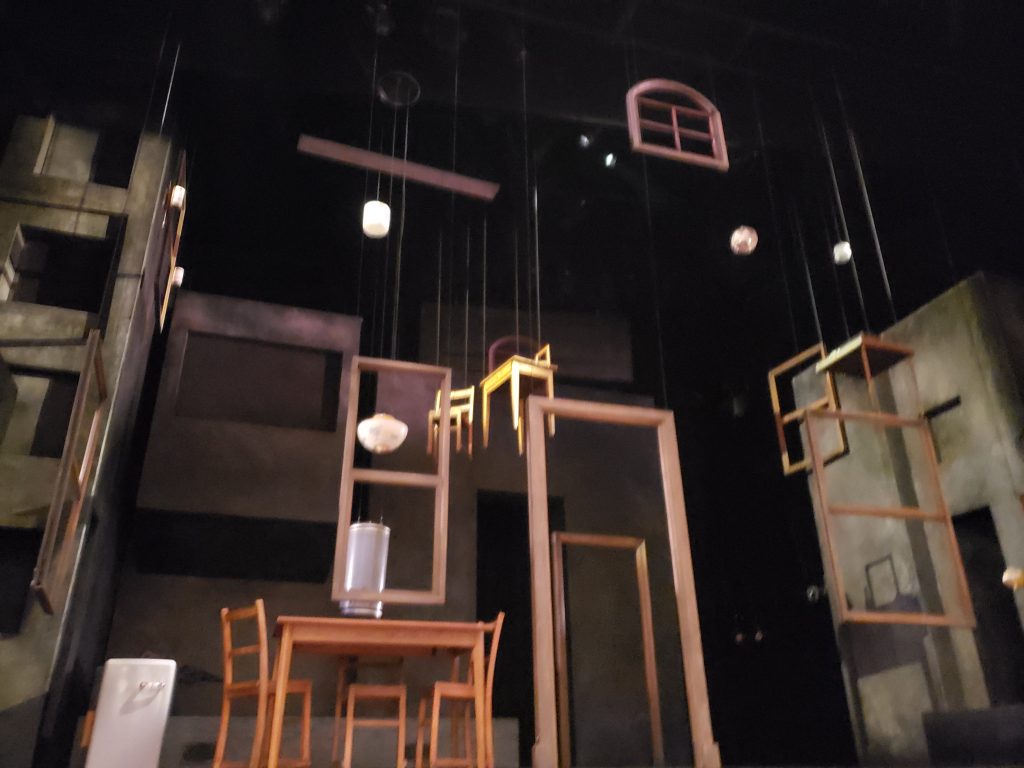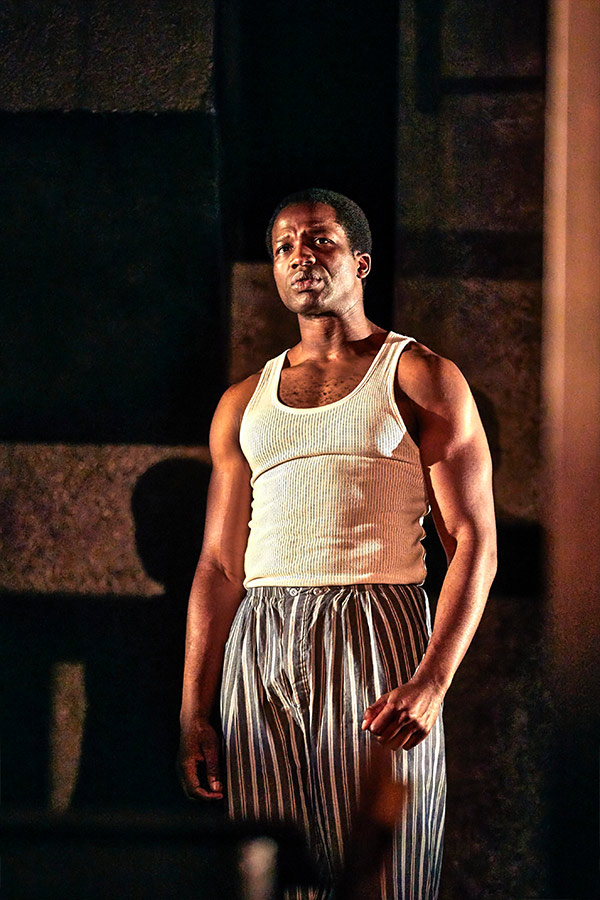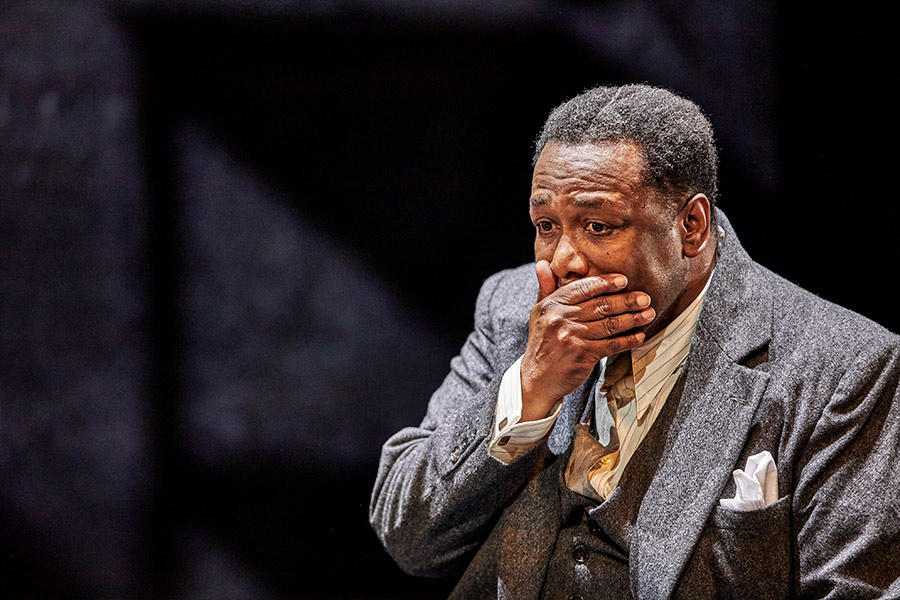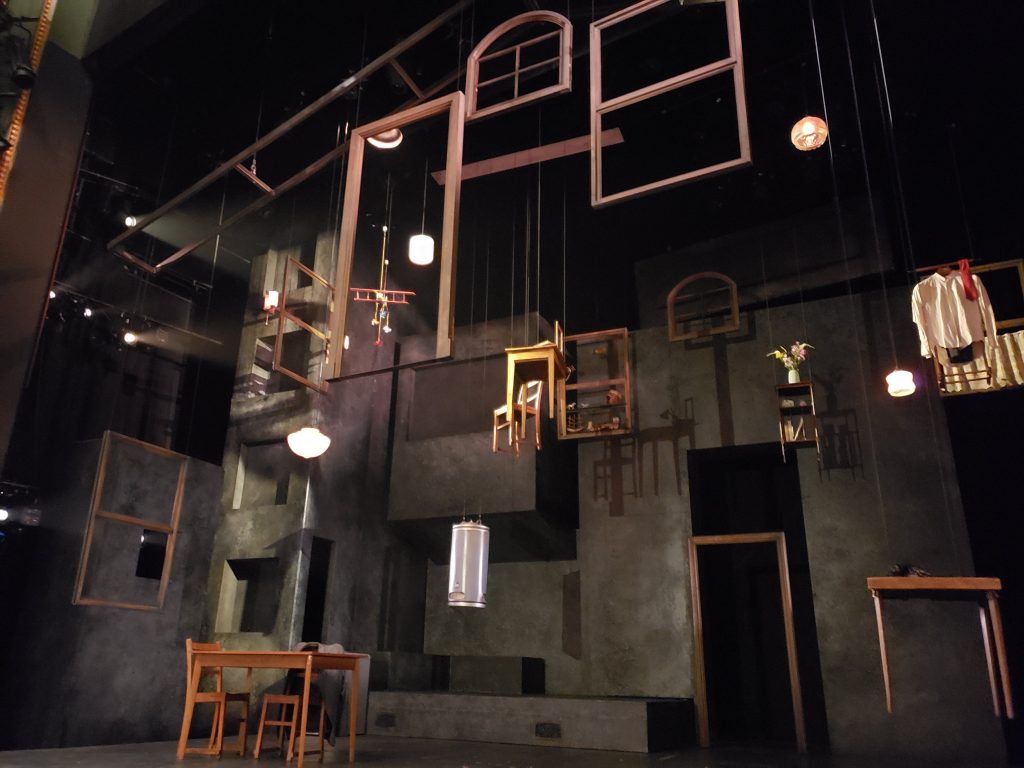Before even leaving to come here, D had sent two suggestions: 1) Noah Davis at David Zwirner and 2) Lenore Tawny at Alison Jacques, both in Mayfair. Not familiar with the former, familiar enough with the latter to know not to miss it. Off we go!
It’s Wednesday early afternoon as I trudge up into Mayfair from Green Park station. I’ve booked a 1pm view, and want to be prompt. The gallery is classic David Zwirmer, stark and large, with tall ceilings and airy, uncluttered galleries. The show is spread across two floors, with The Underground Gallery on a third level, seemingly disconnected with the first two. As with the Paula Rego the Monday before, I am quickly taken by one of the first images in the show:
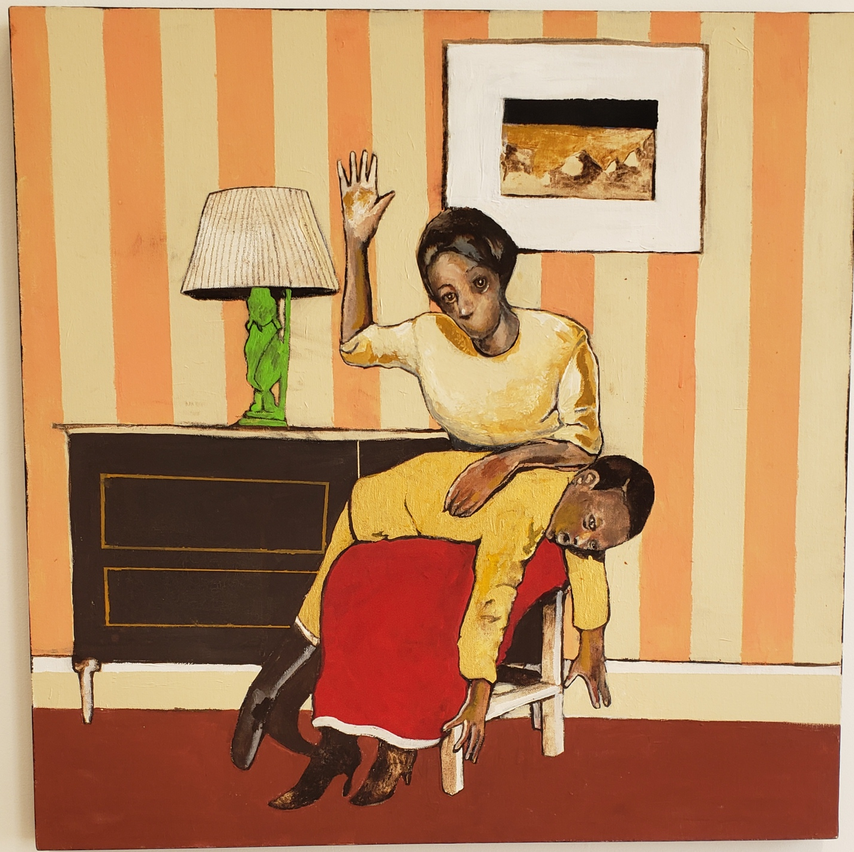
I like Davis’s work, a lot. Good narrative and composition. I’ll just leave you with another image and move on.
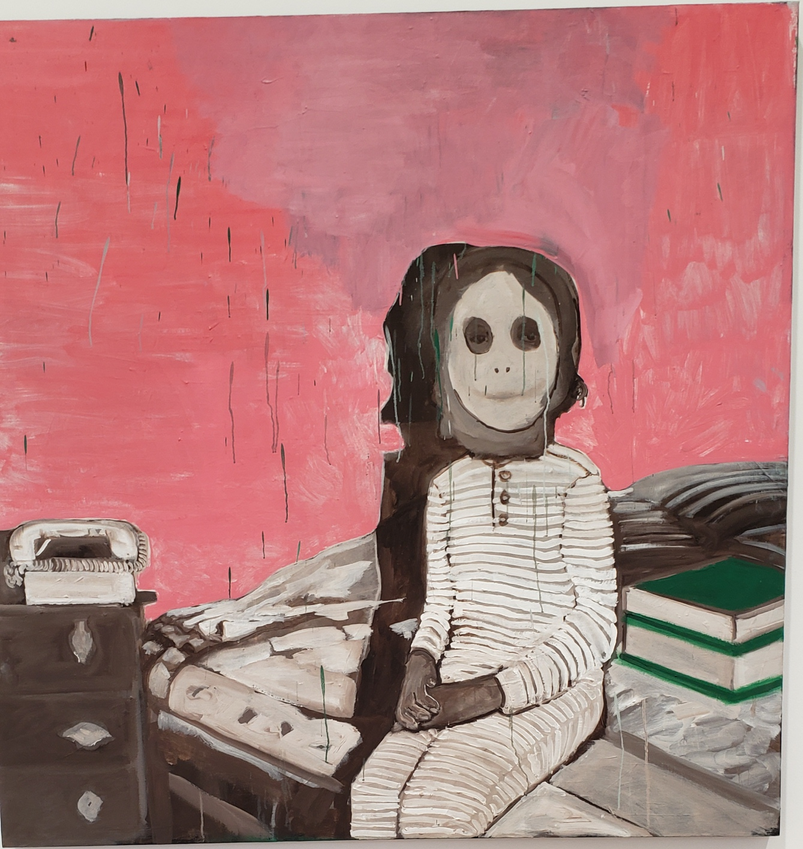
Art Institute Chicago included Lenore Tawney in a group show on woman in textiles, not too long ago. And the J. M. Kohler hosted a comprehensive show which included over 120 of her works, a recreation of her studio, and her epic Cloud Labyrinth. We won’t dwell on that. This show, at Alison Jacques, is small, just two small galleries, and much more human scale. One room holds a dozen or so of the roughly person-sized textile pieces, and a smaller, adjacent gallery holds a handful of small (roughly 6″ or so) works on paper. It’s one of these which grabs my eye, and I took a snap (doubtless against the rules):
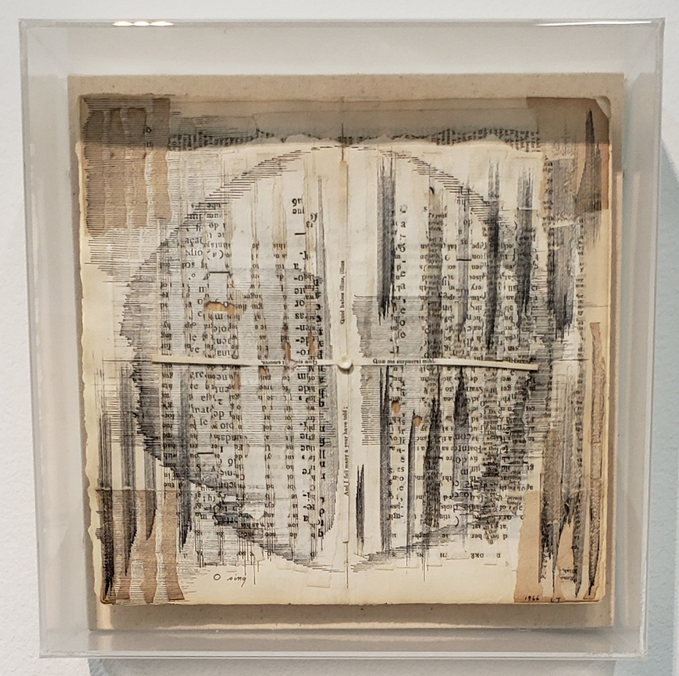
I leave Alison Jacques and wind my way from Mayfair into Soho, and settle on Il Cucciolo for a late lunch (it’s past 2). A green salad with a fresh, crisp dressing, and a decent sized portion of spaghetti carbonara and I’m good to go.
This evening is Is God Is, a play at the Royal Court theatre, on Sloane Square, in Chelsea. It’s already near 3 when I leave Soho and take the tube down to Sloane Square. With the Saatchi galleries so close to the Royal Court, it’s become a bit of a habit of mine to combine visits. But as I approach the Saatchi I learn that it’s closed for the day, to prepare for a rare books show. Drats! So here I am, three hours to go before my show, and nothing to do. It’s too far to head back to the flat, and the local shops hold no interest for me. Instead I head northeast through Belgravia, up to embassy row, and fume at all of the lovely private gardens along the way, but nowhere a public bench or vista.
Finally loop the loop back around past the Victoria coach yard, and settle in at Ebury Square for a pleasant sit down, watching the fountain, and the locals. After a while I return to Sloane Square and settle on a bench there, again to people watch during the early evening hustle and bustle.
Royal Court have a small bar and cafe on the lower level, so in I go and have a couple Negroni and a bowl of peanuts whilst awaiting curtain time. The show, Is God Is, is by Aleshea Harris. My second play of the visit and like the first, Athena this is a show featuring two strong women of colour, by an American woman. I’ll come right out and say that I wanted to like this show. I really wanted to. But I didn’t. I won’t drag anyone through the mud, or launch any attacks. It just wasn’t my cup of tea.
Oh well, at least I got to see a lot of Chelsea neighbourhoods, and do a lot of walking, sitting and watching. Oh, and the Negroni were quite good!

